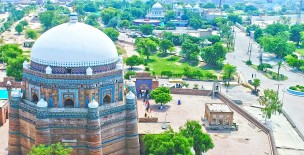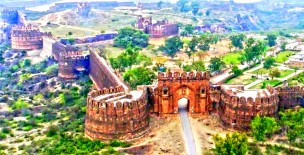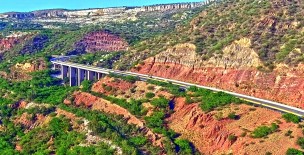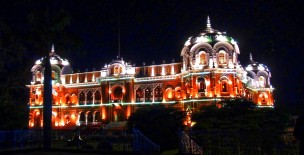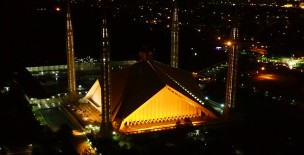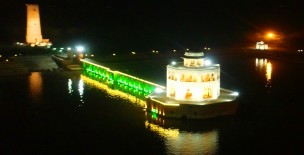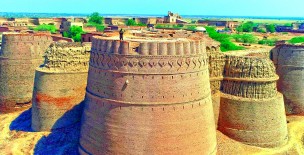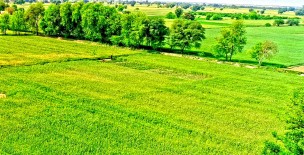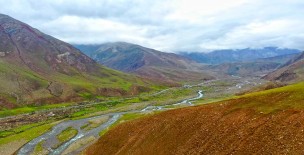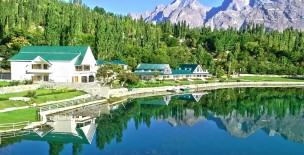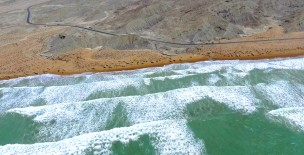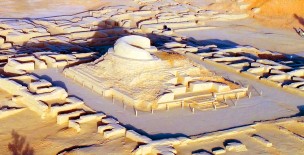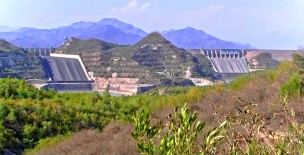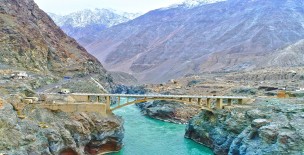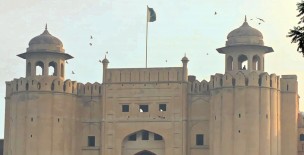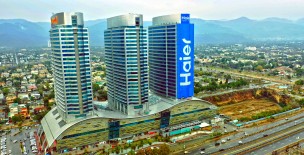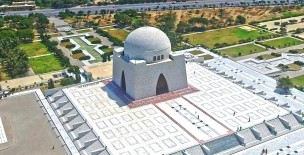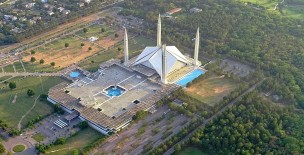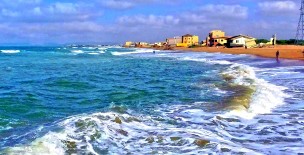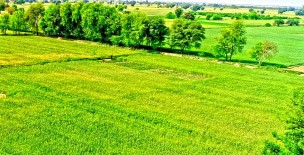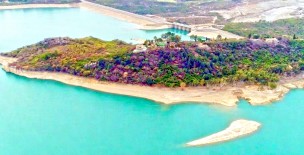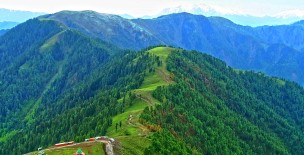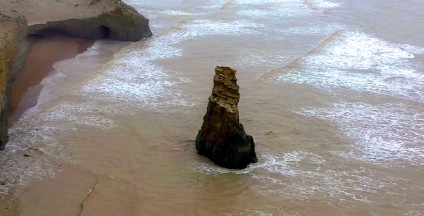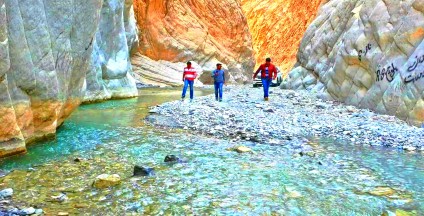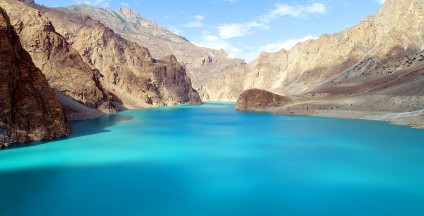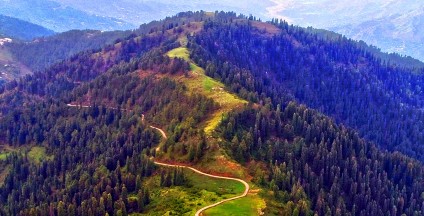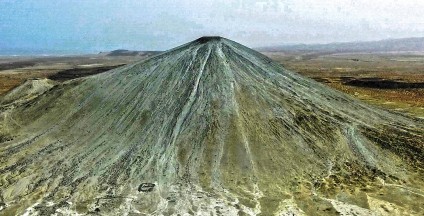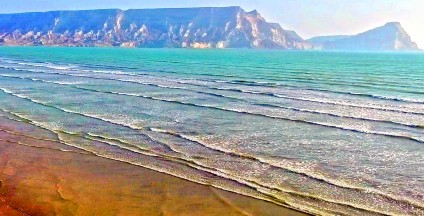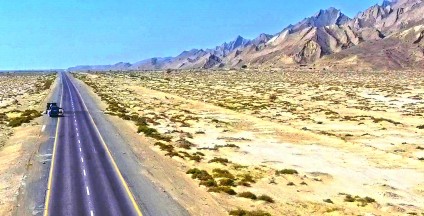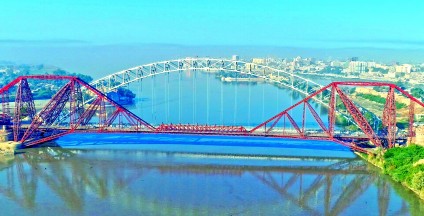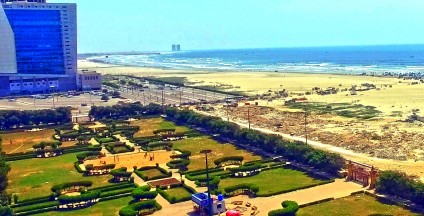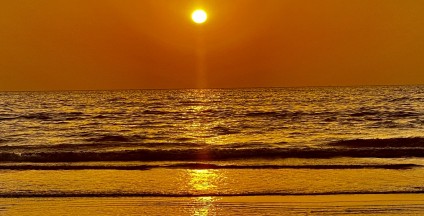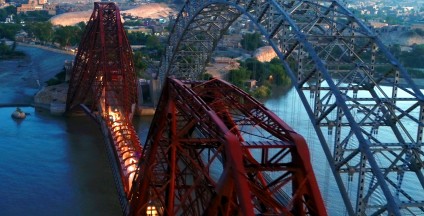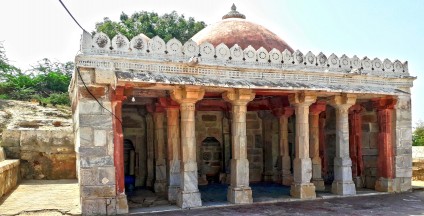The Badshahi Mosque is a Mughal era mosque in Lahore, capital of the Pakistani province of Punjab.
The entrance to the mosque lies on the western side of the rectangular Hazuri Bagh, and faces towards the famous Alamgiri Gate of the Lahore Fort, which is located on the eastern side of the Hazuri Bagh.
After passing through the massive gate, an expansive sandstone paved courtyard spreads over an area of 276,000 square feet, and which can accommodate 100,000 worshipers when functioning as an Idgah.
At each of the four corners of the mosque, there are octagonal, three storey minarets made of red sandstone that are 196 feet (60 m) tall, with an outer circumference of 67 feet and the inner circumference is eight and half feet. Each minaret is topped by a marble canopy.
The mosque has three marble domes, the largest of which is located in the centre of the mosque, and which is flanked by two smaller domes.
The prayer chamber has a central arched niche with five niches flanking it which are about one third the size of the central niche.
Badshahi Mosque was commissioned by Emperor Aurangzeb in 1671, with construction of the mosque lasting for two years until 1673.
The mosque is an important example of Mughal architecture, with an exterior that is decorated with carved red sandstone with marble inlay.
It remains the largest and most recent of the grand imperial mosques of the Mughal-era, and is the second-largest mosque in Pakistan.
The carvings at Badshahi mosque are considered to be uniquely fine and unsurpassed works of Mughal architecture.

